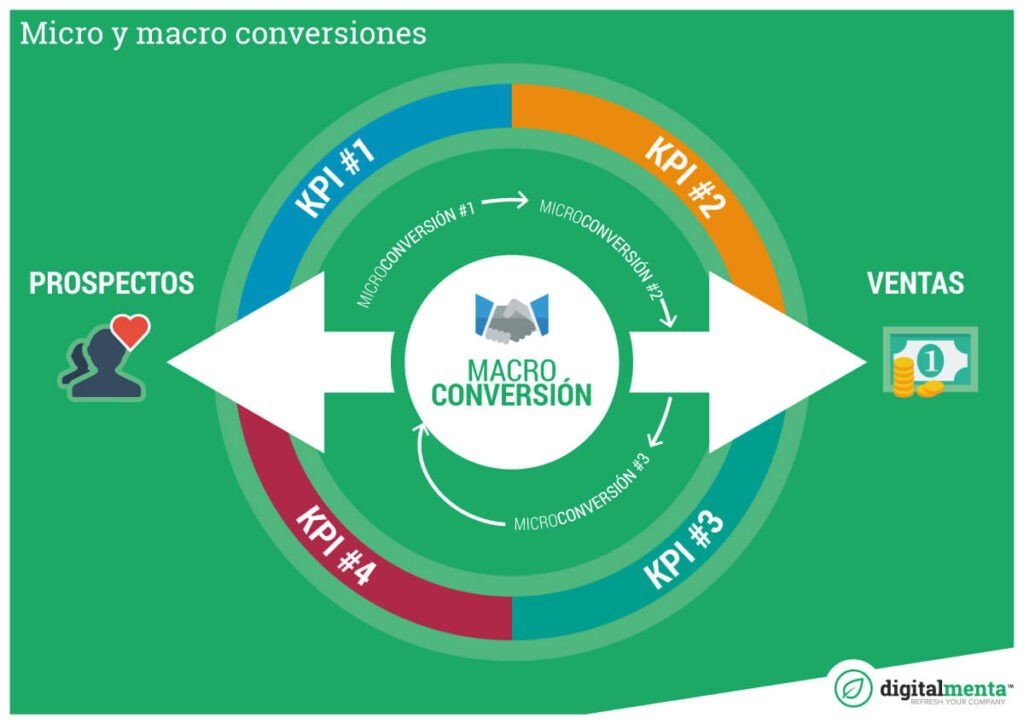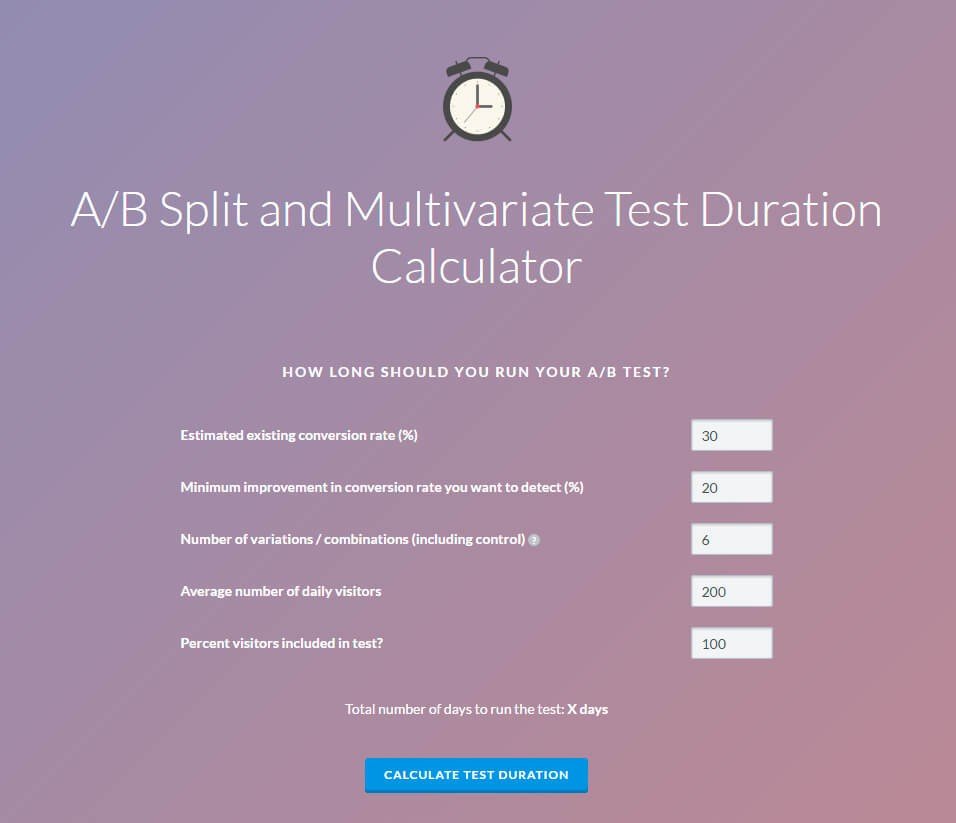SEO y CRO: un matrimonio perfecto
Nos dedicamos al marketing online, todos los días gestionamos proyectos de generación de leads, ventas online, visibilidad,… Todos ellos tienen un objetivo principal común, que es hacer crecer el volumen de negocio y, para conseguirlo, el proceso de venta establece objetivos secundarios que, en marketing online podemos asociar a microconversiones. En una tienda online, antes de conseguir vender un producto hay que conseguir que el usuario lo vea, le guste y lo añada al carrito. Es decir: microconversión 1 > microconversión 2 > conversión.
Cuando un cliente invierte en publicidad (tanto offline como online), el objetivo es obtener el máximo retorno de la inversión (ROAS). Para maximizar el ROAS, hay que optimizar las conversiones, conseguir el mayor número de conversiones con la mínima inversión. Esto, en marketing online, se puede traducir en un proyecto de CRO (Conversion Rate Optimization) y dos de sus pilares fundamentales son la experiencia de usuario (UX) y el AB Testing. Medir, analizar, probar, medir, analizar, probar, medir,… Este proceso iterativo ofrece mayor efectividad y fiabilidad cuanto mayor es la muestra estadística. Y es ahí donde CRO y SEO se encuentran y se quieren.
La efectividad de CRO en sitios con bajo volumen de tráfico
Un proyecto de optimización, en pocas palabras y simplificando, tiene por objetivo aumentar la tasa de conversión. Para establecer un marco de trabajo (framework), un proyecto de CRO empieza por un análisis cualitativo y cuantitativo del sitio web, a nivel de experiencia de usuario e interfaz de usuario, métricas de comportamiento… para definir los objetivos secundarios (microconversiones) que ayuden a alcanzar el objetivo principal (conversiones) y conocer los KPIs involucrados.
Con las conclusiones extraídas de ese análisis, se definen y priorizan:
- Las acciones (on site y off site) a llevar a cabo para mejorar las debilidades evidentes del sitio web.
- Las hipótesis sobre acciones que creamos que pueden mejorar el rendimiento del sitio y que debería ser el usuario el que nos ayude a confirmar.

Macro y micro conversiones
Pero ¿qué pasa si tengo muy pocas visitas?
Bueno, si no tienes un histórico de visitas suficiente para analizar el comportamiento de tus usuarios, tus análisis no serán muy fiables. Y la peor parte vendrá cuando quieras hacer tests AB; con un volumen de tráfico bajo, te puedes desesperar mientras obtienes un ganador… ¡si es que alguna vez lo obtienes!
Cuando tenemos un proyecto de optimización de tasa de conversión en un sitio con poco tráfico, hay una herramienta que se vuelve esencial (y un quebradero de cabeza): una calculadora de la muestra necesaria para el test y una calculadora del tiempo necesario para llevarlo a cabo con cierta fiabilidad (en realidad, hacen lo mismo…).

VWO AB Test calculator
Así pues, teniendo pocas visitas, un proyecto de CRO no se puede ejecutar en un marco de trabajo habitual. No podremos esperar todo lo que nos gustaría a que sea el usuario el que nos diga qué funciona mejor, porque no sería eficiente. Pero, ¡ojo!, todavía podemos actuar y conseguir buenos resultados llevando a cabo buenos análisis y extrayendo conclusiones acertadas. Así que, sí, un proyecto de Conversion Rate Optimization en sitios con bajo tráfico puede ser efectivo, pero con mucha más incertidumbre.
En este punto, ya es fácil haber llegado a la conclusión de que, cuantas más visitas tengamos, más fácil será averiguar qué está fallando en nuestro sitio, implementar una mejora y testearla con nuestros usuarios.
Estrategia SEO: ¿más visitas implica mayor revenue?
Vamos a suponer que tienes una tienda de ropa en tu barrio, donde apenas pasa gente. Una semana vendes bastantes faldas y la siguiente sólo vendes una camiseta. Entra alguien de vez en cuando, algunos compran por la mañana y otros por la tarde. Compra 1 persona de cada 100 que entran (tu tasa de conversión es del 1%). Contratas una estrategia SEO y trasladas la tienda a la calle principal de la ciudad. ¡Ahora entra mucha más gente a tu tienda! Compruebas, que, sigue comprando 1 de cada 100, pero como entran muchas más personas, has aumentado tus ventas. Sin embargo, tu porcentaje de beneficio es el mismo. La primera conclusión es que, para vender más, deberías invertir más en SEO y mudarte al mejor local de la mejor calle de la ciudad. Pero, ya que esto no va a mejorar tu margen de beneficios… ¿no sería mejor analizar por qué no compran los otros 99 y mejorar lo que esté fallando? Sí, eso es optimización.
El escenario ideal: mucho tráfico y estrategia de optimización de las conversiones
Cuantas más visitas tiene un sitio web, más fiable resulta el análisis de métricas y comportamiento de usuario. Descubrir las fortalezas y debilidades del sitio es una tarea mucho más objetiva, no depende tanto de criterios y opiniones personales sino de números y resultados.
Pero la verdadera ventaja del matrimonio entre SEO y CRO viene en el proceso iterativo de testing. El proceso comprobación de hipótesis puede ser muy ventajoso. Un ejemplo simplificado:
- Testeamos el color de nuestro “call to action” principal. El test acaba en 15 días y comprobamos que el cambio supone un aumento del 0,4% de la tasa de conversión. Aplicamos definitivamente este cambio.
- En los 15 días siguientes, testeamos nuestro sitio web con un banner en la cabecera y vemos que el cambio supone un aumento del 0,1% de la tasa de conversión.
- Etcétera
En 30 días habremos conseguido un aumento total del 0,5% de la tasa de conversión. Con el mismo número de visitantes y la misma inversión en publicidad, aumenta nuestro ROAS y, por tanto, nuestro margen de beneficio.
¿Cuántas visitas significan “bajo tráfico”?
Hablando exclusivamente en terminos de optimización de la tasa de conversión y echando mano de las calculadoras que hemos mencionado más arriba, podemos decir que, por debajo de 700 sesiones diarias únicas, un proceso de AB Testing iterativo empieza a ser demasiado largo en el tiempo para expectativas de mejora por debajo del 20%.
Pero nada es imposible y en Digital Menta somos tan devotos del AB testing que nos gusta ser pacientes y que sea el usuario el que decida qué es lo que funciona mejor.



